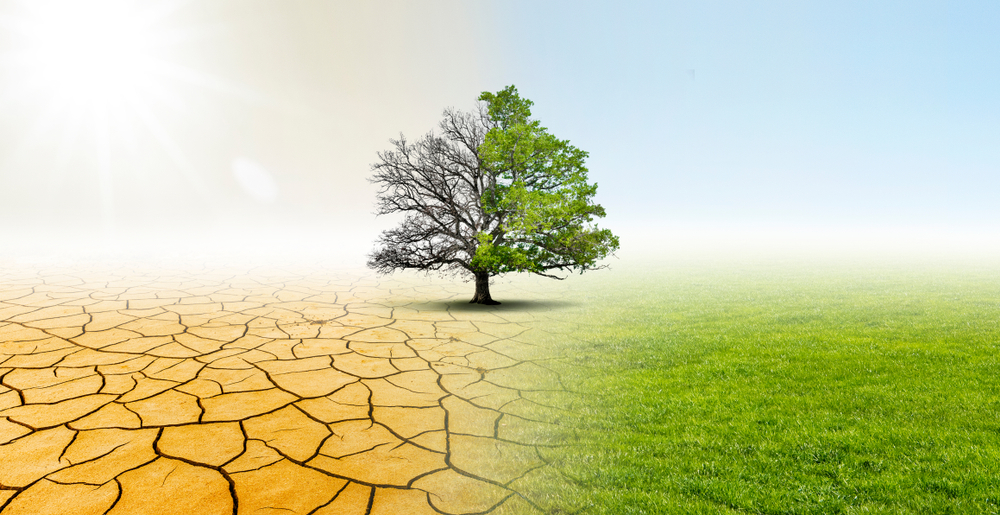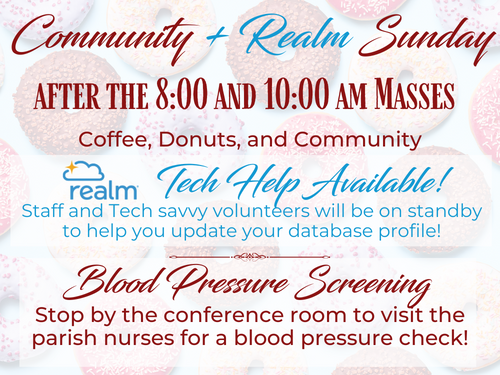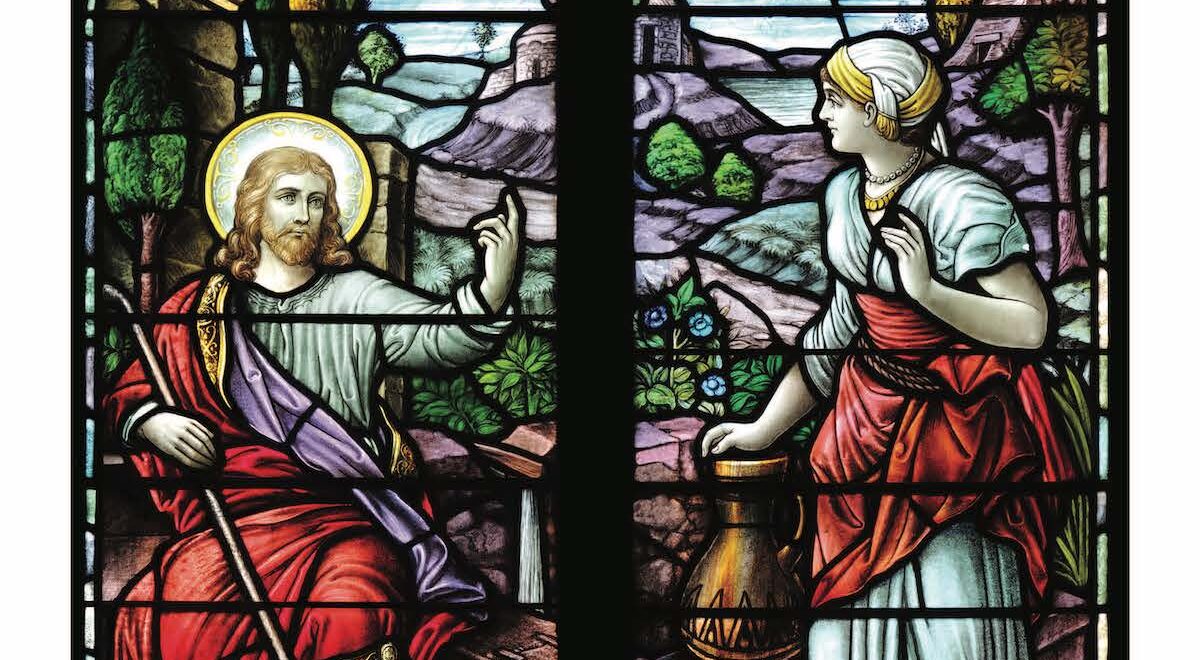
Dear Parishioners and Friends,
In the Canticle of the Creatures which St. Francis of Assisi composed near the end of his life, one of the earth’s elements which joins in the praise of God is water: “Praised be to You, my Lord, through Sister Water, who is very useful and humble and precious and chaste.”
Droughts have become more and more common, not just in far-away places, but closer to home, right here in our own country. Here is what the World Health Organization has to say:
“An estimated 55 million people globally are affected by droughts every year, and they are the most serious hazard to livestock and crops in nearly every part of the world. Drought threatens people’s livelihoods, increases the risk of disease and death, and fuels mass migration. Water scarcity impacts 40% of the world’s population, and as many as 700 million people are at-risk of being displaced as a result of drought by 2030.

“Rising temperatures caused by climate change are making already dry regions drier and wet regions wetter. In dry regions, this means that when temperatures rise, water evaporates more quickly, and thus increases the risk of drought or prolongs periods of drought. Between 80-90% of all documented disasters from natural hazards during the past 10 years have resulted from floods, droughts, tropical cyclones, heat waves and severe storms.”
I mention this in light of the Scriptures we hear this weekend for the Third Sunday of Lent speak about water as a symbol of God’s relationship with us.
In the Book of Exodus we hear how the Israelites grumbled and complained to Moses that they were about to die from thirst in the arid wilderness at Meribah, causing them to pose the perennial question: “Is the Lord in our midst or not?” In response, God instructs Moses to strike a rock from which water will gush forth.
In the Gospel of John, Jesus encounters a woman at a well in Sychar, a town in Samaria, where she has come to fetch her daily supply of water. In the conversation that follows, Jesus teaches her that the water she has come to draw from the well will never satisfy her needs: ““Everyone who drinks this water will be thirsty again; but whoever drinks the water I shall give will never thirst; the water I shall give will become in him a spring of water welling up to eternal life.”
In the Gospel of John we find several instances where Jesus says “I am,” such as: “I am the bread of life “(Ch. 6); “I am the light of the world” (Ch. 8); “I am the good shepherd” (Ch. 10); “I am the resurrection and the life” (Ch. 11); “I am the way, the truth, and the life” (Ch. 14); “I am the true vine” (Ch. 15).
In today’s Gospel we could interpret Jesus’ words to the Samaritan woman as an additional “I am” saying when Jesus speaks of himself as the source of water for eternal life. Just as the human body cannot exist without water, so our spiritual life – our relationship with God – cannot exist without the living water who is Jesus himself. We absolutely need him in order to remain alive, not just here on earth, but for all eternity.
As their conversation continued, Jesus invited the woman to look at her own life – which was far from perfect – in order for her to come to the realization that she was missing the most important element: faith, and the spiritual nourishment she needed to live an authentic and fulfilled life with him as the “savior of the world.”
Lent is a wonderful opportunity for us to deepen our relationship with Jesus so that our thirst may be quenched by a deeper faith and trust in him. The “living water” he offers us is his love, mercy and forgiveness which will never run dry.
At the same time, let us not overlook our physical need for water and the fact that our planet is suffering from lack of water. As we become more aware of the damage that is being done to our natural resources through human disregard, it is imperative that we take steps to ensure a healthy environment for the generations who follow us. Sister Water, the precious gift of our Creator, needs our care!
Blessings on your week ahead!
Fr. Tim Shreenan, O.F.M.Pastor



